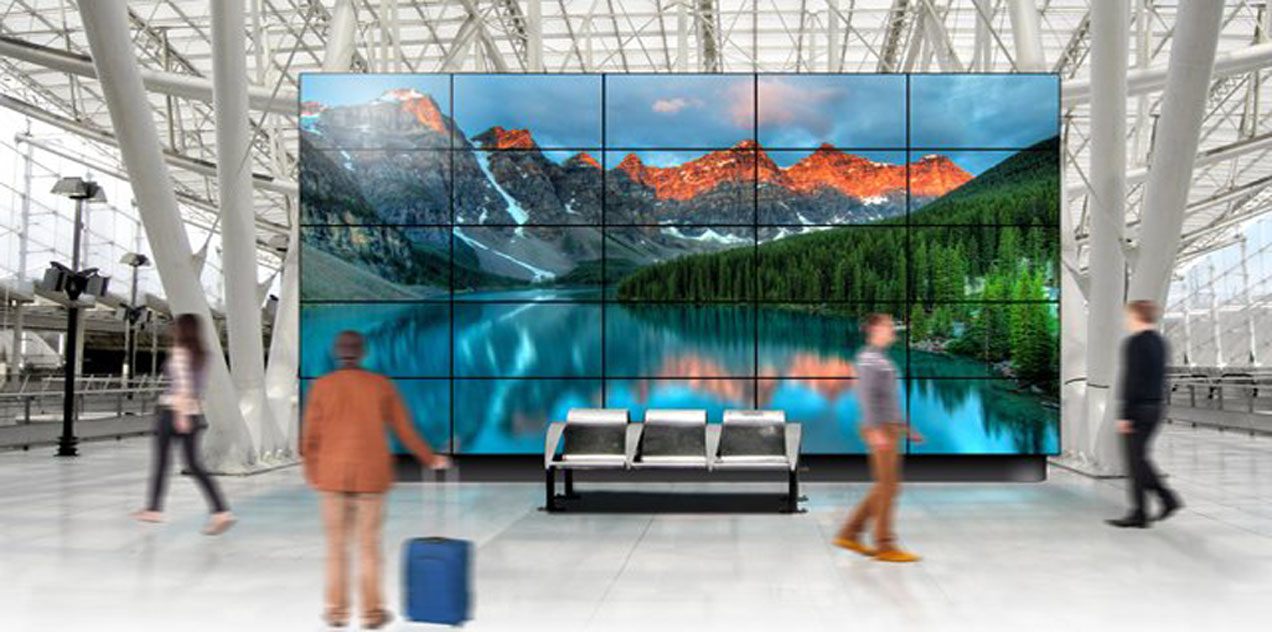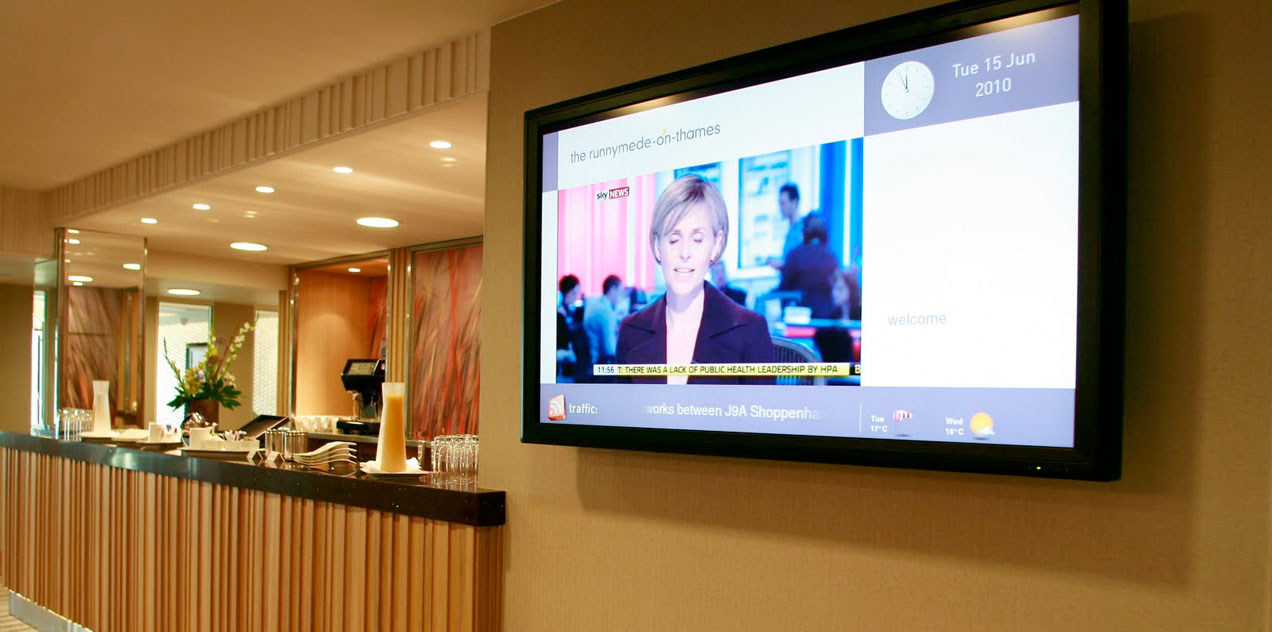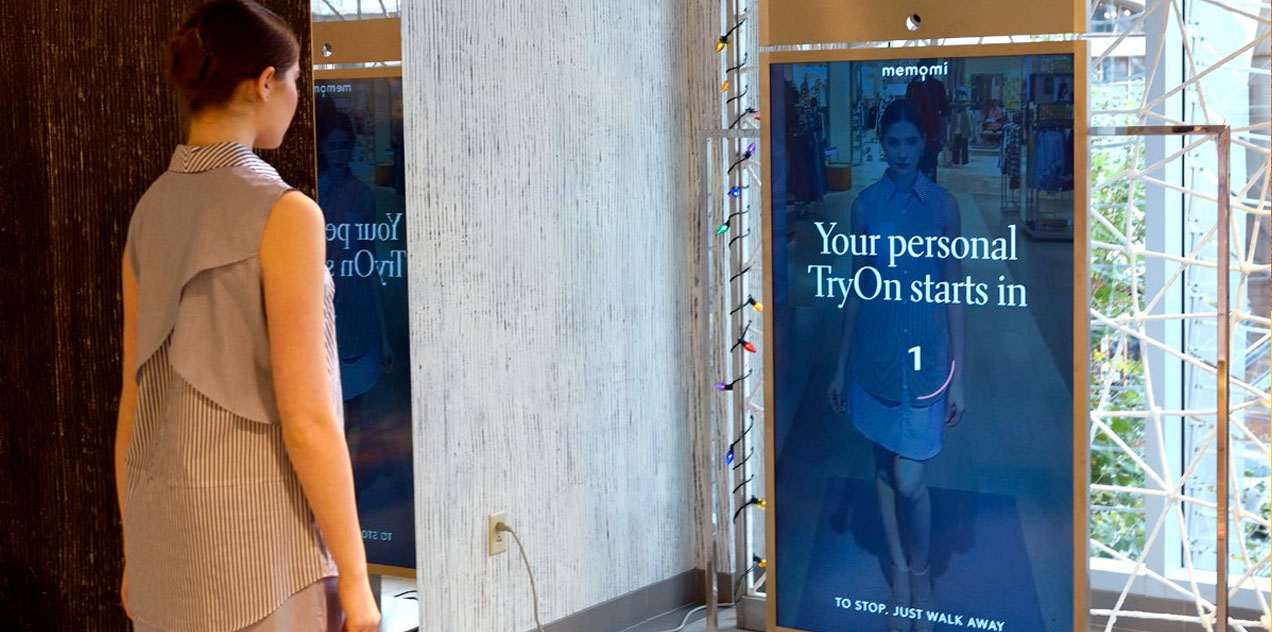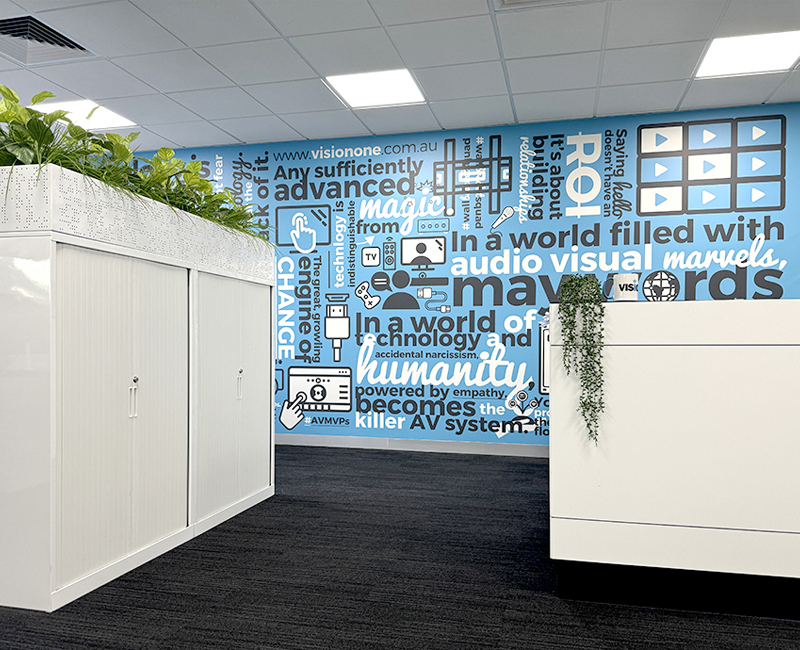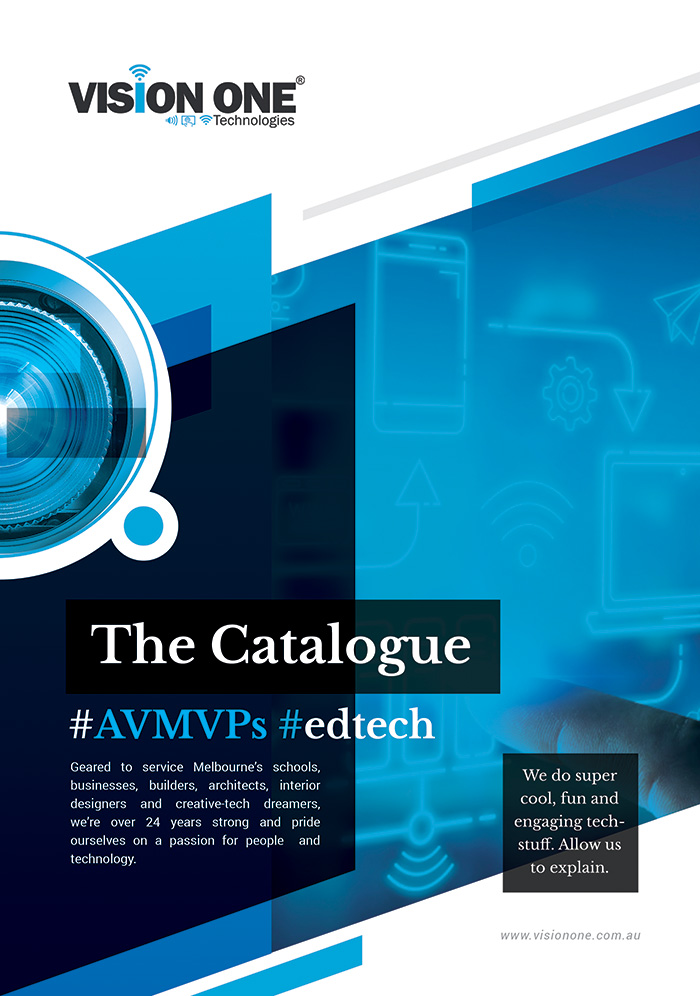Rise of the Network Video Wall
Video walls are becoming increasingly visible in our world. They make big statements, capture attention...
The Rise of Targeted Content Delivery on Connected Digital Signage Displays
Over the last few months Berg Insight has been looking closely at the market for...
Neiman Marcus tries on digital signage MemoryMirror
Luxury fashion retailer Neiman Marcus has started rolling out its MemoryMirror by MemoMi — a digital...
